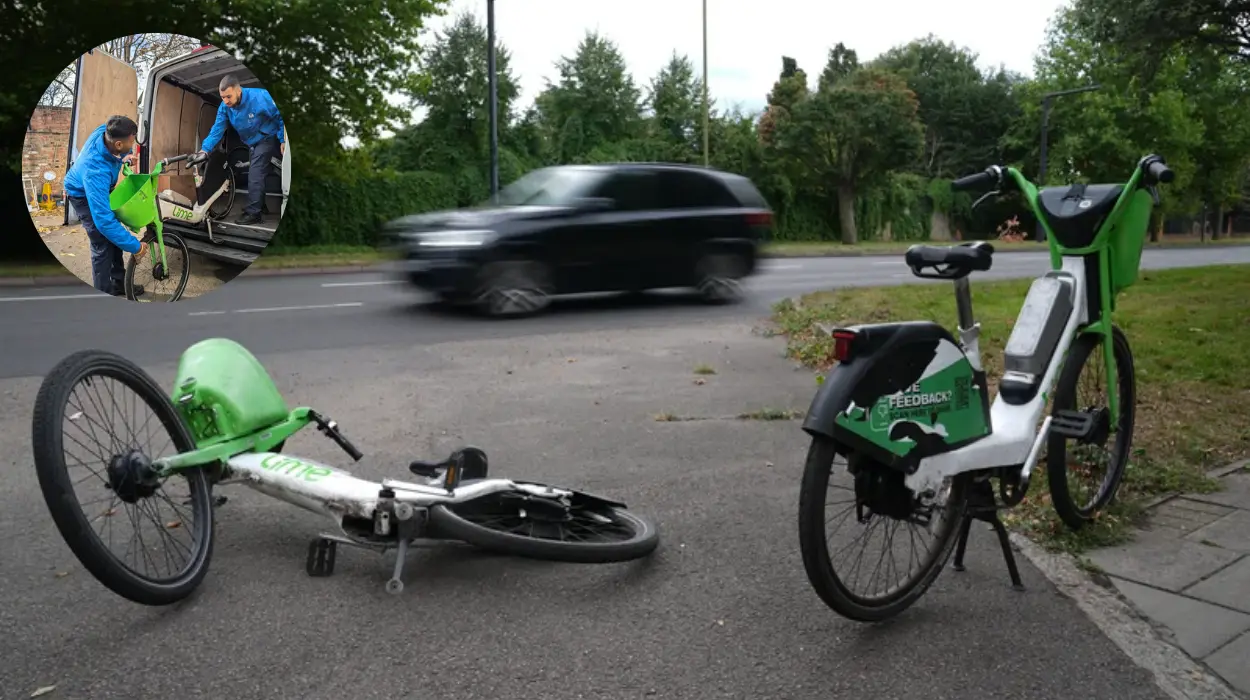Kensington and Chelsea (Parliament Politics Magazine) – Kensington and Chelsea Council seized 1,000 dangerously parked e-bikes, raising £81,000 in release fees amid growing safety and obstruction concerns.
Residents’ enterprises about Lime, Forest, and Voi rental bikes being left on pavements and domestic thoroughfares urged Kensington and Chelsea to initiate the crackdown.
This is the most recent instance of the local government seizing the bikes and charging the companies to retrieve them in order to raise money for additional enforcement measures.
Since January, the Tory- run council has sequestered 1,000 motorcycles. Knightsbridge’s Harrods area is one of the hotspots.
The council took action after locals complained that the dockless bikes were a trip hazard and were gumming paths and highways.
Still,e-bike companies must pay a diurnal storehouse price in addition to a one- time” seizure figure, If the bikes are n’t picked up within 14 days.”
Cllr Johnny Thalassites, lead member for planning and environment at Kensington and Chelsea, said:
“Our residents are sick of rental e-bikes being left obstructing roads and pavements.
We had no choice but to take tough action and our team has seized 1,000 dangerously parked bikes. It is making a difference with operators working with us to clear overflowing bays more regularly and posting their staff in hot spots.
E-bikes have boomed and they are a convenient way for people to get around, but legislation is lagging behind. Long term, we need a solution from Government about how the demand and operations are managed by the providers.”
It will take at least a year for the government to pass legislation that would allow Transport for London to implement a dockless e-bike licensing scheme for the entire capital.
Officers are advised by homeowner reports or by patrolling the city’s thoroughfares, especially in high- business areas like the vicinity of Harrods.
According to the council, motorcycles were taken down in compliance with the Highways Act. Bicycles that are “lying across the highway, obstructing safe passage” or “are positioned on the pavement in a way that forces pedestrians to step into the road to pass” may be seized.
According to a Memorandum of Understanding signed by operators and the municipality, they must relocate them within two to six hours or face having the bikes taken.
What measures are councils using to prevent future pavement dumping?
Physical Walls similar as high kerbs and bollards to help vehicles from mounting and blocking pavements. Business regulation orders to produce original pavement parking bans, easily indicated with signs to target specific problem areas. Civil parking enforcement powers to issue forfeitures and remove inaptly situated vehicles.
Seizure freights and storehouse charges to hold rental companies responsible for ditched vehicles. Active operation by reimbursement drivers, including designated parking kudos and staff presence in high- business areas to reduce clutter. Calls for clearer government regulation to support original sweats in managing dockless bike schemes.
These combined physical, nonsupervisory, and enforcement tools help councils keep pavements clear, especially in high- profile locales like near Harrods, perfecting rambler safety and availability.


